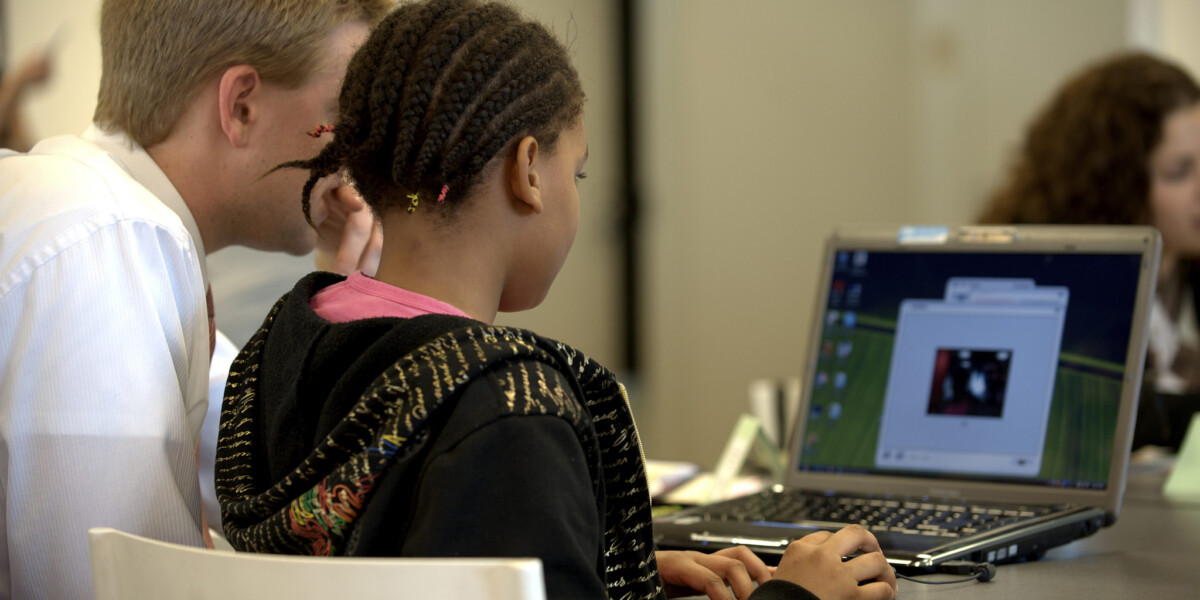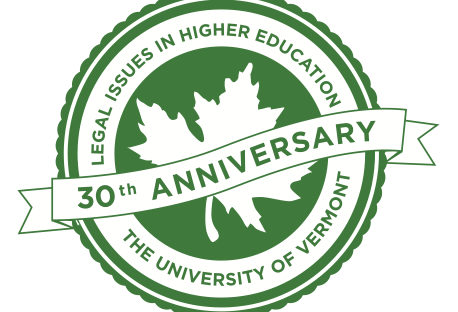We’re all familiar with the concept of a “gap year” after high school, in which students make the decision to wait a year before enrolling in college—choosing to travel, engage in volunteer work, employment, or internships or take time to solidify their career ambitions before committing to a four-year degree.
With so many colleges and universities offering remote or fully online options for students returning to campus this fall, the coronavirus pandemic is pushing many high school students who hadn’t necessarily considered a year off to weigh the benefits of waiting to start (or return to) school until the dust settles and the “new normal” is firmly established.
In fact, a recent survey by the Baltimore-based consulting firm Art & Science Group found that 17% of college students changed their plans for the 2020-2021 school year on account of COVID-19 and 12% of students who had already made a deposit reported that they were no longer planning on attending college full-time in the fall.
Amidst the COVID-19 Uncertainty. UVM Offers a Guarantee.
The University of Vermont Continuing and Distance Education recently hosted a free, informational webinar for high school counselors, parents and students on our newly enhanced and fully online Guaranteed Admission Program (GAP), allowing students the ability to demonstrate academic readiness, earn college credit, and ultimately enroll in an undergraduate degree program at UVM—all from the comfort and convenience of home and providing an alternative to the traditional “gap year.”
Led by Student Services Professional Kristen Kilbashian, M.S., advisor to GAP and Pre-College students, and William Falls, Ph.D., Dean of the College of Arts and Sciences and Professor of Psychological Science, the webinar addressed what students can expect from the program, GAP program benefits, and how UVM’s program prepares students for academic and career success.
Is there a “typical” GAP student?
Short answer: not at all.
UVM GAP students have come from all walks of life and from varying backgrounds, including veterans, students who had less-than-stellar performances in high school, students with high GPAs who didn’t have a fantastic high school experience, transfer students, students who weren’t admitted to UVM, and now, students who are considering GAP’s part- or full-time flexible scheduling and online convenience in light of COVID-19.
“We appreciate that there are a variety of different students and they have different goals, different aspirations,” Falls said. “What the GAP program does is provide them an opportunity to test out whether or not this coursework is for them and if a four-year degree is something they want to pursue […] and does it in a way where we are providing wraparound supports for these students because we understand the transition to college is challenging—probably more challenging as our school counselor colleagues know—than it ever has been. GAP is not only about providing these students with some solid University of Vermont coursework, but it’s also about providing students with that academic support that they need to have a good experience, make that transition and the ability to make that really important and informed decision about whether or not a four-year degree at UVM or elsewhere is what they really want to pursue.”
GAP’s Virtual Enrichment Learning Community
Both Kilbashian and Falls stressed that student success encompasses so more than just academic performance.
“It’s not uncommon to meet with students who went to another university and didn’t really feel like they fit in, they didn’t feel that support, they didn’t feel the community there,” Kilbashian said. “So, as we know, if they don’t feel super connected, then there is a higher risk of being less engaged with their academics, and therefore, not doing as well.”
Part of UVM’s wraparound support for students includes the new online Enrichment Learning Community, designed to prepare students for college life and beyond by helping them build study skills including writing, mathematics, and time management; develop meaningful connections with other students; and identifying valuable University resources, such as academic success coaches, tutoring, career counseling, and faculty support.
“Our efforts at learning communities are still young, but the early returns are that we are being successful in building those communities and giving that sense of belongingness and identity that students so deeply need in this point of transition […] facilitating that connection with folks who have similar backgrounds and similar interests is really, really important to connecting them to the academic experience,” Falls said.
Flexibility, Transferrable Credits
When students are accepted into the GAP program, they have to meet a series of requirements in order to gain admission into UVM. According to Kilbashian, each and every student meets with their advisor to discuss their academic goals and career ambitions, and while students can take courses within the College of their choice, many of the courses they’re steered towards include general/distribution/university requirements (such as English 001: Written Expression) that can easily be transferred from one College to another within the University—or even transferred to another school should the student make the decision to enroll elsewhere.
“We want to give students the right choice in courses so that they can move around a little bit more freely,” Kilbashian said. “We know how, especially for a traditional college-age student, they come in thinking one thing and we know that students change majors often and we want to give them that flexibility to do that so they’re not quite as pigeonholed into something.”
Students must take a minimum of 18 credit hours in approved UVM courses, not to exceed 30 credit hours within three years and earn a GAP cumulative GPA of 2.8 or higher to gain admission to the University. The ability to choose full- or part-time scheduling allows students the option to balance work, family, and life commitments without having to sacrifice the opportunity to learn.
And, according to Falls, access to education is what UVM has always stood for.
“It’s part of our land grant mission here at the University of Vermont and it’s something that the administration has always taken seriously and our new administration is also redoubling efforts on this,” Falls said. “It’s just one component of broader efforts to improve access to our incredible University.”
Learn more about the Guaranteed Admission Program.
Watch a recent info session on UVM’s Guaranteed Admission Program here.




